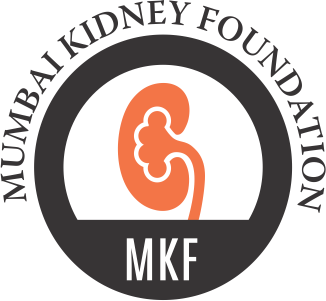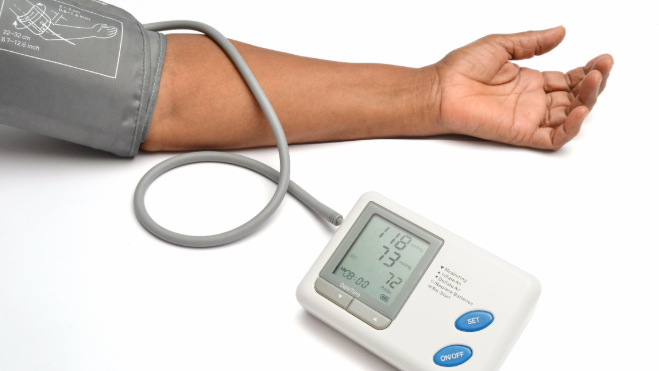Dietary management post renal (kidney) transplantation
Dietary management post renal (kidney) transplantation
Renal (kidney) transplant refers to surgical process of removal of a kidney from healthy donor and placing the same in body of patient dealing with kidney failure. Diet principles change at several stages of kidney disease and likewise also after transplantation. To know about kidney transplant diet, click here
With the advent of new kidney, several lost functions are restored and hence, the dietary restrictions are few. Herewith outlined are a few dietary restrictions post renal (kidney) transplantation:
- For the first 6 weeks post-kidney transplant; you will need a high protein diet to counter the effect of surgery as well as the medications needed post- transplantation and to promote wound healing.
- In order to increase the protein intake, you may prefer proteins with high biological value like egg whites, milk and milk products like curd, paneer, fish, chicken, etc.
- A combination of cereal and pulse recipes like idli/ dosa/ khichdi, etc, too can form a good quality protein and should be preferred.
- In order to minimize any chances of food infection post-transplant, you may be advised to prefer only well-cooked foods and avoid any raw food items like fruits, salads, chutneys, etc for first 6-8 months. Instead of raw forms, you may be asked to opt for fruits and salads in steamed form, for example – steamed apple/ pineapple/ carrots/ beetroot, etc.
- Regarding your fluid and salt intake, it would be decided by your doctor depending on your parameters like urine output, BP, swelling, etc. If these parameters are well under control you may be asked to drink plenty of fluids (upto 4-5 liters initially) and salt intake would be liberalized.
- Avoid sugar if you are a diabetic and if not, cut it down to a minimal requirement throughout the day. Replace table sugar from your routine diet with natural sweeteners like dates (check with your Renal Dietitian before making any changes in your sugar management).
- After 6 weeks post-kidney transplant; you may be advised to switch to your regular dietary routine; however, after your doctors recommendation.
- In case you put on weight or your blood sugar rises after first 6 months, you may be asked to consult your dietitian
- To gain access to some quick, easy and healthy kidney transplant recipes including lunch & dinner menus with sugar free desserts.
By-
Dr Rachana Jasani,
Renal Nutritionist,
PhD, RD






